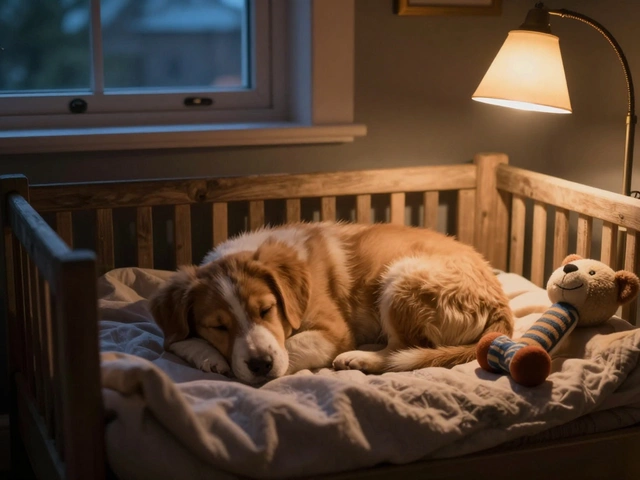Best Cat Feeding Routine: Simple Steps for a Happy, Healthy Feline
Got a picky kitty who seems to think mealtime is a mystery? You’re not alone. Most cat owners scramble to figure out when and how much to feed. The good news? A solid feeding routine is easier than you think and can keep your cat at a healthy weight, boost energy, and stop the midnight snack raids.
How Often Should You Feed Your Cat
Adult cats usually do fine with two meals a day – one in the morning and one in the evening. Split the daily calorie goal in half and you’ve got a simple schedule that fits most work‑day routines. If you’re home all day, a three‑meal split (breakfast, lunch, dinner) can keep your cat from getting too hungry between feeds. Kittens need more frequent meals – four to six small portions spread out, because their tiny tummies burn fuel fast.
Stick to roughly the same times each day. Cats love predictability; it eases anxiety and helps their digestive system stay on track. Use a phone alarm or a feeding app if you need a reminder. Consistency beats occasional free‑feeding by a mile.
Portion Sizes and Food Types
First, check the label on your cat’s food. Most brands list calories per cup or per can. Multiply the recommended daily calories by your cat’s ideal weight (you can find a quick chart on the package) and you’ll know how much to serve.
Wet food is great for hydration – a single 3‑oz can can count as a meal for many cats. Dry kibble is convenient and helps keep teeth clean, but it’s less moist. A mix of both gives the best of both worlds: serve wet food for breakfast, dry kibble for the evening, or sprinkle a little kibble on top of the wet portion for texture.
When you’re measuring, use a standard cup or a kitchen scale. Guesswork leads to overfeeding fast. If your cat starts gaining a pound in a month, cut the portion by about 10 % and watch the scale for two weeks.
Treats should stay under 10 % of daily calories. A few kibble pieces after playtime is fine, but nothing that adds up to a full snack bar.
Adjust the routine as your cat ages or if health issues pop up. Senior cats often need smaller, more frequent meals because metabolism slows. Cats with diabetes or kidney disease need special formulas and tighter feeding windows – talk to your vet for exact timing.
Quick checklist:
- Feed adults twice daily, kittens 4‑6 times.
- Calculate daily calories based on ideal weight.
- Mix wet and dry for hydration and dental health.
- Measure each portion, don’t eyeball it.
- Limit treats to <10 % of calories.
- Re‑evaluate portions every 4‑6 weeks.
Following these steps creates a feeding routine that feels natural for both you and your cat. You’ll notice fewer food‑related vet visits, a calmer kitty, and a tidy litter box. Give it a try for a couple of weeks and see how the difference shows up in your cat’s coat, energy, and overall happiness.

How Often Should You Feed Your Cat? Best Feeding Schedule Explained
Curious how many times a day you should feed your cat? Learn the best feeding schedules, tips for picky eaters, insights for kittens, adults, and seniors.
read more



